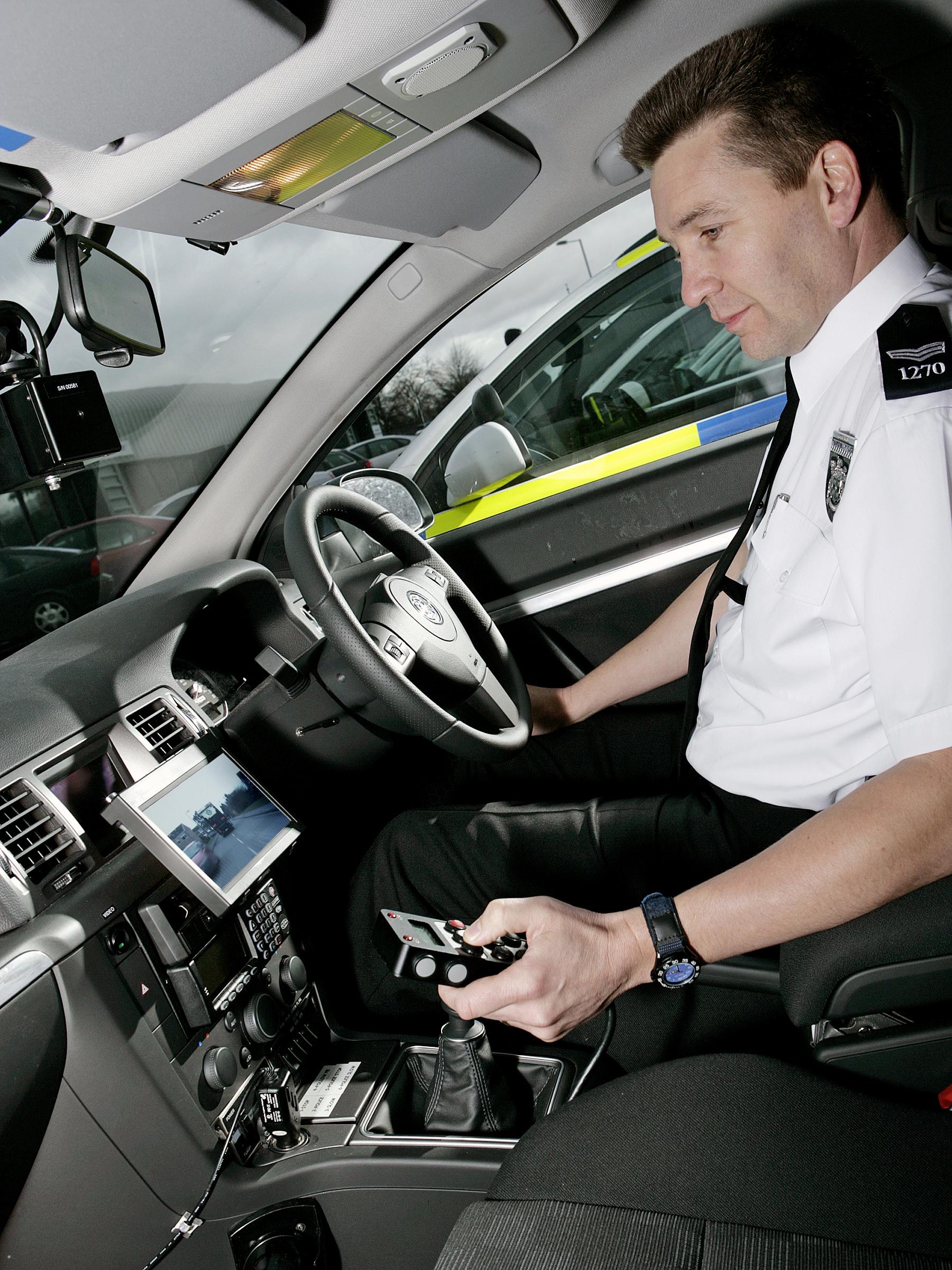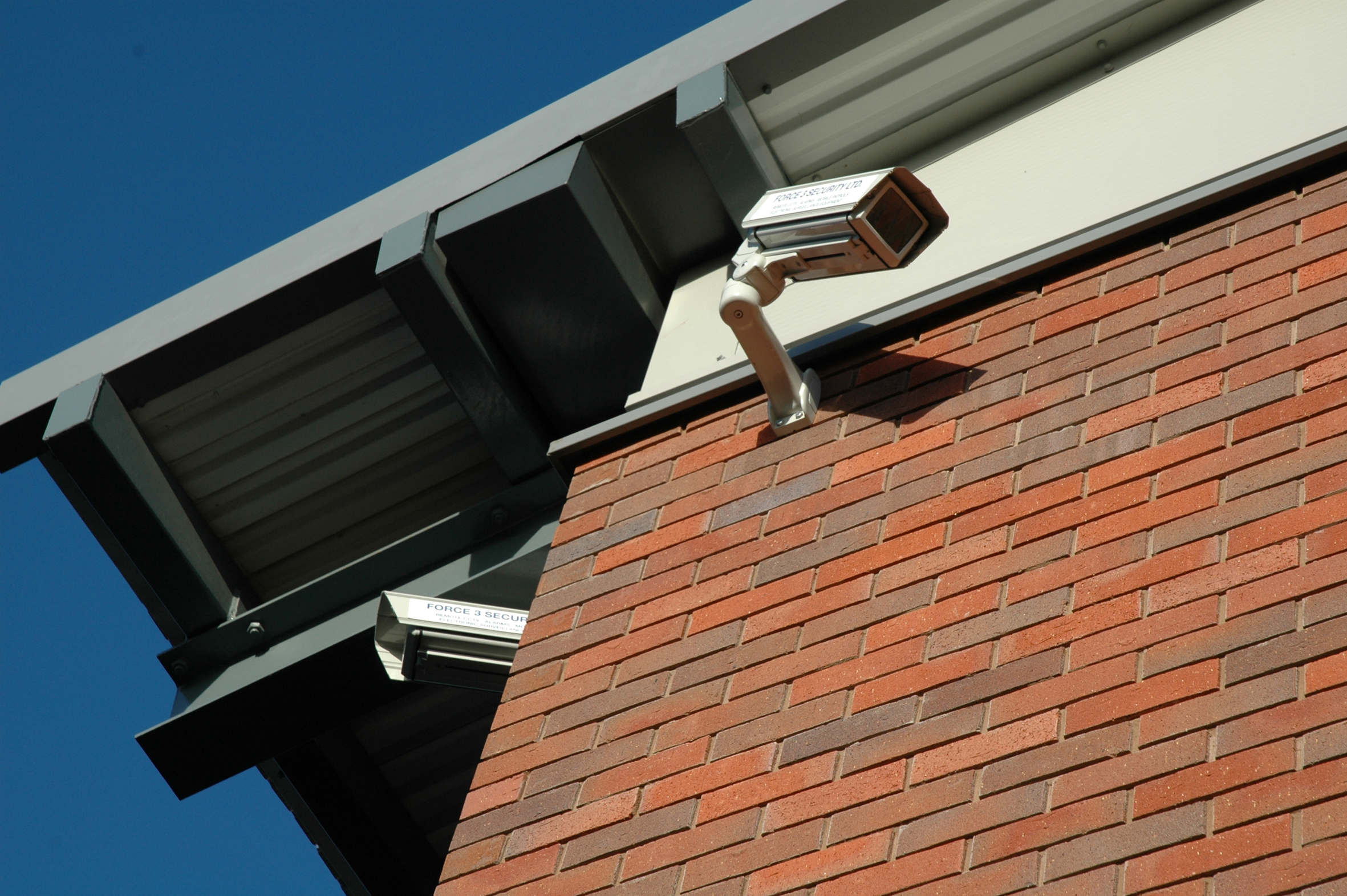With the US, Japan and several other countries issuing warnings about travel through Europe, and France issuing a UK-terror alert advising “extreme vigilance” on British public transport and popular attractions, the BSIA looks at the UK’s response, and how technology is attempting to prevent another tragedy like 7/7.
With the US, Japan and several other countries issuing warnings about travel through Europe, and France issuing a UK-terror alert advising “extreme vigilance” on British public transport and popular attractions, the BSIA looks at the UK's response, and how technology is attempting to prevent another tragedy like 7/7.
The advancements in security technology in transport mean that the U.K. is the surveillance capital of the world' Developments in this field mean that there are sophisticated methods that could help foil a terrorist plot on British soil.
The implementations of smart surveillance or video content analysis (VCA),  which uses complex algorithms detecting suspicious behavior in public places such as railway stations, identify suspect packages on platforms and even identify smoke, started. Once the system has identified a potential threat, it raises the alarm to a surveillance operator, who will be able to decide how to proceed, without having to monitor hundreds of camera feeds.
which uses complex algorithms detecting suspicious behavior in public places such as railway stations, identify suspect packages on platforms and even identify smoke, started. Once the system has identified a potential threat, it raises the alarm to a surveillance operator, who will be able to decide how to proceed, without having to monitor hundreds of camera feeds.
One capability of particular interest for railways is the potential to set up a detection trip wire. This enables the creation of virtual trip wires either along existing fence lines or in areas where physical security is impossible or impractical such as railway tracks. In this case, alarms associated with the detection trip wire can be enabled across the software generated threshold. This ability to identify intruders rapidly, in real time, can potentially mean the difference between reactive and proactive steps being taken to combat intruders.
It also has reactive benefits, as surveillance can be used to track suspect movements in real time, or after an event, as was with 7/7. With the new terrorist threat facing these shores, from fears of a Mumbai-style commando attack growing, as well as the increased threat from dissident Irish Republicans, having a security solution is crucial.
 Use of VCA in the transport industry has risen by 23 percent in the past year according to a BSIA survey in 2010, and with the rise in sophistication of the technology, the use of VCA looks set to rise.
Use of VCA in the transport industry has risen by 23 percent in the past year according to a BSIA survey in 2010, and with the rise in sophistication of the technology, the use of VCA looks set to rise.
The ability to download feeds means that we are now seeing the widespread deployment of mobile DVRs on trains and buses and other parts of the public transport infrastructure. These systems are capable of continuously monitoring the inside of a carriage or bus. The obvious potential of this technology is to address the vulnerability of our extensive public transport infrastructure in the light of events such as 7/7, by helping operators to spot unusual activity.
“Never has it been more important for the public to remain vigilant against potentially suspicious behavior,” said Pauline Norstrom, Chairman of the BSIA's CCTV section and Director of Worldwide Marketing at Dedicated Micros. “However, they should take comfort in the fact that through the advancements in surveillance technology there are more eyes then ever focused on Britain's transport network surveillance was instrumental in helping the Police to gather vital intelligence which led to them preventing the second attack in London.”